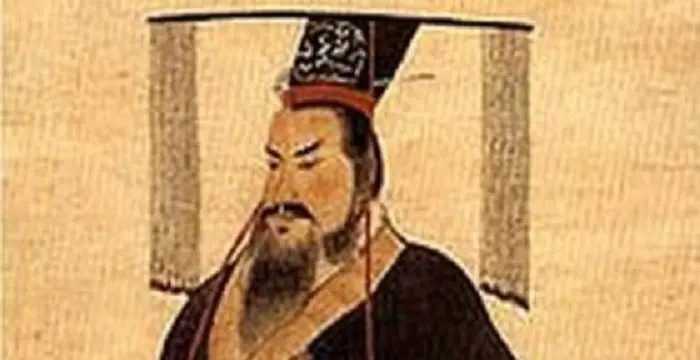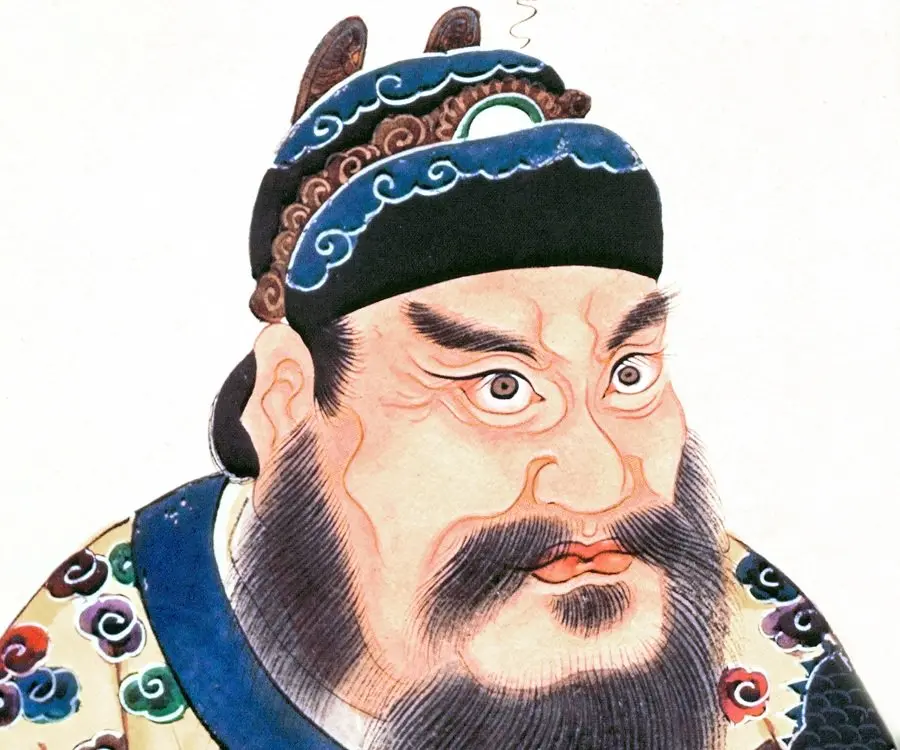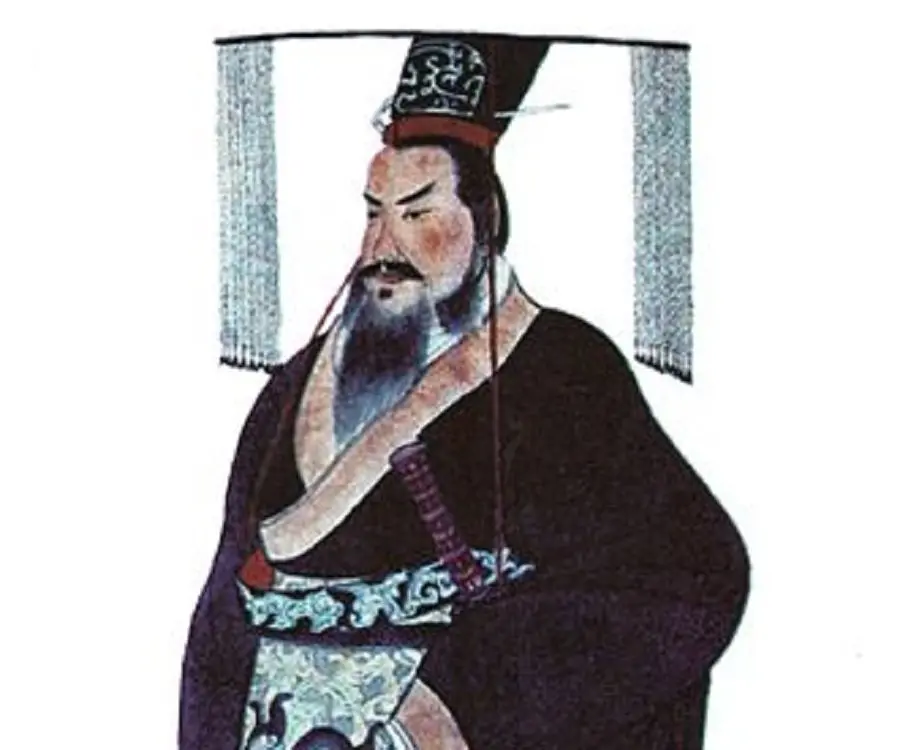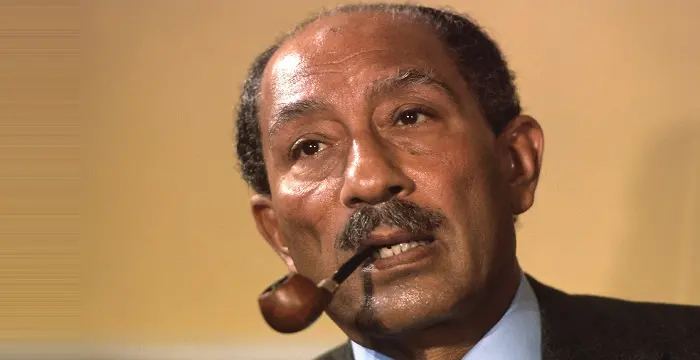
Qin Shi Huang - Emperors, Family and Childhood
Qin Shi Huang's Personal Details
Qin Shi Huang was the First Emperor of a unified China, who ruled from 246 BC to 210 BC
| Information | Detail |
|---|---|
| Birthday | 259 BC |
| Nationality | Chinese |
| Famous | Historical Personalities, Emperors & Kings, Leaders, Emperors, Kings |
| Siblings | Chengjiao |
| Known as | Shihuangdi |
| Childrens | Fusu, Gao, Jianglü, Qin Er Shi |
| Birth Place | Handan |
| Gender | Male |
| Father | King Zhuangxiang of Qin |
| Mother | Lady Zhao |
| Born in | Handan |
| Famous as | King |
| Died at Age | 49 |
// Famous Emperors
Sundiata Keita
Sundiata Keita was the founder of the Mali Empire in West Africa. This biography profiles his childhood, early life, struggles, founding of empire, rule, administration, achievements and also gives some fun facts.
Ashoka
Ashoka was the third emperor of the Mauryan Dynasty and ruled almost the entire Indian subcontinent. This biography profiles his childhood, life, reign, achievements and timeline
Murad IV
Murad IV was one of the mighty Sultans in the history of the Ottoman Empire. This biography profiles his childhood, family, accession, rule, administration and timeline.
Qin Shi Huang's photo
Who is Qin Shi Huang?
Qin Shi Huang was the First Emperor of a unified China, who ruled from 246 BC to 210 BC. He is credited to have unified China in 221 BC. Before the unification, China was made up of seven major states which were frequently at war with each other fighting to prove their own supremacy. Huang consolidated all the warring states and unified them into a single empire. The rulers before him had borne the title of king, but he took up the title of the First Emperor of the Qin dynasty. Qin Shi Huang was born as Ying Zheng, the eldest son of King Zhuangxiang of Qin, a ruler of the Qin state during the third century BC. The king died when Ying Zheng was only 13 years old. Even though the young boy succeeded the throne, he was still too young to rule and thus was aided by the Prime Minister Lu Buwei who acted as his regent for several years. Ying Zheng finally assumed full power as the King of the Qin state after years of political turbulence. Upon becoming the king he set forth to expand his kingdom by conquering all the warring states and unified them as one nation. He eventually took up the title of Qin Shihuangdi, which means First August and Divine Emperor of Qin
// Famous Kings
Sundiata Keita
Sundiata Keita was the founder of the Mali Empire in West Africa. This biography profiles his childhood, early life, struggles, founding of empire, rule, administration, achievements and also gives some fun facts.
Ashoka
Ashoka was the third emperor of the Mauryan Dynasty and ruled almost the entire Indian subcontinent. This biography profiles his childhood, life, reign, achievements and timeline
Murad IV
Murad IV was one of the mighty Sultans in the history of the Ottoman Empire. This biography profiles his childhood, family, accession, rule, administration and timeline.
Childhood & Early Life
He was born as Ying Zheng on 7 February 260 BC to the Qin prince Yiren and Lady Zhao. However, some historians believe that he was not the biological son of Yiren, but of a shrewd merchant called Lü Buwei who once had Lady Zhao as his concubine.
The merchant Lü Buwei was very close to Yiren, and through his political cunning helped Yiren become King Zhuangxiang of Qin and served as his Prime Minister.
Ascension & Reign
King Zhuangxiang of Qin died after a short reign of just three years in 246 BC and being his eldest son 13-year-old Ying Zheng was crowned the king. He was now called Qin Wang Zheng (King Zheng of Qin).
Since the king was still very young, his father’s Prime Minister Lü Buwei continued to hold his position and acted as the king’s regent for the next eight years. King Zheng attained the age of 22—the legal age to rule the kingdom by himself—in 238 BC.
Meanwhile, his mother, Lady Zhao had taken up a lover called Lao Ai with whom she had two sons secretly. Now Lao Ai attempted a coup d'etat to usurp the young king but the king learned of his conspiracy and had him executed. The king also learned that the Prime Minister Lü Buwei was involved in the conspiracy and banished him to Shu. Lü Buwei then committed suicide.
Finally Ying Zheng assumed full power as the King of the Qin state in 235 BC. He then chose Li Si as the new chancellor.
The king now embarked on several campaigns to expand his empire. At that time, seven warring states constituted China and each one was vying for control of the land. Qin was one of the states, the others being Qi, Yan, Zhao, Han, Wei, and Chu.
Among the six other states, Han, Zhao, and Wei were the three kingdoms directly to the east of Qin. On the advice of Li Si, the king launched frontal attacks upon Han, Zhao, and Wei. He conquered Han in 230 BC, the state of Zhao in 228 BC, the northern country of Yan in 226 BC, the small state of Wei in 225 BC. Chu, which was the largest state and greatest challenge, was captured in 223 BC.
By now he had annexed five of the other six states and only one independent kingdom, the state of Qi, in the far east, was left. The king of Qi sent 200,000 troops to defend his territory but they were no match for King Zheng’s armies. The Qin armies conquered Qi in 221 BC and captured the king.
It was a historic event as for the first time in history all of China was unified under a single ruler. The same year, i.e. 221 BC, King Zheng proclaimed himself the "First Emperor" Qin Shi Huang. He then made the He Shi Bi into the Imperial Seal, known as the "Heirloom Seal of the Realm”.
Eventually he divided the empire into more than 40 commanderies. These commanderies were further divided into districts, counties, and hundred-family units.
Along with his able minister Li Si, the emperor standardized the Chinese units of measurements such as weights and measures, the currency, and the length of the axles of carts to facilitate transport on the road system. During his reign the Chinese script also was unified. Now Appointments were based on merit instead of hereditary rights
The Qin were involved in fights with the Xiongnu tribe from a long time but the tribe could not be defeated. Thus Qin Shi Huang ordered the construction of an enormous defensive wall in order to fend off the tribes. The work on the wall was carried out by hundreds of thousands of slaves and criminals between 220 and 206 BC. A part of this wall formed the first section of what would become the Great Wall of China.
Major Work
Qin Shi Huang ruled as the First Emperor of the Qin dynasty and unified China in 221 B.C. During his reign the Chinese state underwent vast expansions and he is also credited to have enacted major economic and political reforms. One of his major public works projects is the unification of diverse state walls into a single Great Wall of China.
Personal Life & Legacy
Qin Shi Huang had several concubines and numerous children through them. It is believed that he fathered around 50 children of whom about 30 were sons. His 17th son, Fusu, was the Crown Prince.
He feared death greatly and despised even talking about it. Thus he made no will. He wanted to live forever and searched far and wide for the medicine for immortality.
He died on September 10, 210 BC during one of his tours of Eastern China. In an ironic twist of fate, his death occurred after he ingested mercury pills, made by his alchemists and court physicians in an attempt to make him immortal.
His son Fusu was supposed to succeed him but he was eliminated by his political rivals who forced him to commit suicide. The emperor’s 18th son, Huhai, succeeded him to the throne.
// Famous Emperors & Kings
Sundiata Keita
Sundiata Keita was the founder of the Mali Empire in West Africa. This biography profiles his childhood, early life, struggles, founding of empire, rule, administration, achievements and also gives some fun facts.
Ashoka
Ashoka was the third emperor of the Mauryan Dynasty and ruled almost the entire Indian subcontinent. This biography profiles his childhood, life, reign, achievements and timeline
Murad IV
Murad IV was one of the mighty Sultans in the history of the Ottoman Empire. This biography profiles his childhood, family, accession, rule, administration and timeline.
Qin Shi Huang biography timelines
- // 7th Feb 260 BCHe was born as Ying Zheng on 7 February 260 BC to the Qin prince Yiren and Lady Zhao. However, some historians believe that he was not the biological son of Yiren, but of a shrewd merchant called Lü Buwei who once had Lady Zhao as his concubine.
- // 246 BCKing Zhuangxiang of Qin died after a short reign of just three years in 246 BC and being his eldest son 13-year-old Ying Zheng was crowned the king. He was now called Qin Wang Zheng (King Zheng of Qin).
- // 238 BCSince the king was still very young, his father’s Prime Minister Lü Buwei continued to hold his position and acted as the king’s regent for the next eight years. King Zheng attained the age of 22—the legal age to rule the kingdom by himself—in 238 BC.
- // 235 BCFinally Ying Zheng assumed full power as the King of the Qin state in 235 BC. He then chose Li Si as the new chancellor.
- // 230 BC To 223 BCAmong the six other states, Han, Zhao, and Wei were the three kingdoms directly to the east of Qin. On the advice of Li Si, the king launched frontal attacks upon Han, Zhao, and Wei. He conquered Han in 230 BC, the state of Zhao in 228 BC, the northern country of Yan in 226 BC, the small state of Wei in 225 BC. Chu, which was the largest state and greatest challenge, was captured in 223 BC.
- // 221 BCBy now he had annexed five of the other six states and only one independent kingdom, the state of Qi, in the far east, was left. The king of Qi sent 200,000 troops to defend his territory but they were no match for King Zheng’s armies. The Qin armies conquered Qi in 221 BC and captured the king.
- // 221 BCIt was a historic event as for the first time in history all of China was unified under a single ruler. The same year, i.e. 221 BC, King Zheng proclaimed himself the "First Emperor" Qin Shi Huang. He then made the He Shi Bi into the Imperial Seal, known as the "Heirloom Seal of the Realm”.
- // 221 BCQin Shi Huang ruled as the First Emperor of the Qin dynasty and unified China in 221 B.C. During his reign the Chinese state underwent vast expansions and he is also credited to have enacted major economic and political reforms. One of his major public works projects is the unification of diverse state walls into a single Great Wall of China.
- // 220 BC To 206 BCThe Qin were involved in fights with the Xiongnu tribe from a long time but the tribe could not be defeated. Thus Qin Shi Huang ordered the construction of an enormous defensive wall in order to fend off the tribes. The work on the wall was carried out by hundreds of thousands of slaves and criminals between 220 and 206 BC. A part of this wall formed the first section of what would become the Great Wall of China.
- // 10th Sep 210 BCHe died on September 10, 210 BC during one of his tours of Eastern China. In an ironic twist of fate, his death occurred after he ingested mercury pills, made by his alchemists and court physicians in an attempt to make him immortal.
// Famous Leaders
Edi Rama
Edi Rama is the current Prime Minister of Albania. Check out this biography to know about his childhood, life, achievements, works & timeline.
Tecumseh
Tecumseh was a Native American leader of the Shawnee clan. This biography profiles his childhood, life and timeline.
Khalifa bin Zayed Al Nahyan
Sheikh Khalifa bin Zayed Al Nahyan is the current President of the United Arab Emirates (UAE). Check out this biography to know about his birthday, childhood, family life, achievements and fun facts about him.
Anwar Sadat
Anwar Sadat was the third President of Egypt and has been awarded the Nobel Prize for his peace initiatives. To know more about his childhood, career, profile and timeline read on the following biography.
Leo Varadkar
Cam Leo Varadkar is the current Taoiseach—the Prime Minister—of the Republic of Ireland. Check out this biography to know about his childhood, family life, achievements and other facts about his life.
Swami Vivekananda
Swami Vivekananda was the chief disciple of Sri Ramakrishna, and was responsible for awakening India spiritually. Check this biography to know in detail about his life, profile and timeline.
Qin Shi Huang's FAQ
When was Qin Shi Huang died?
Qin Shi Huang was died at 2020-04-14
Which age was Qin Shi Huang died?
Qin Shi Huang was died at age 49
Where is Qin Shi Huang's birth place?
Qin Shi Huang was born in Handan
What is Qin Shi Huang nationalities?
Qin Shi Huang's nationalities is Chinese
Who is Qin Shi Huang siblings?
Qin Shi Huang's siblings is Chengjiao
Who is Qin Shi Huang childrens?
Qin Shi Huang's childrens is Fusu, Gao, Jianglü, Qin Er Shi
Who is Qin Shi Huang's father?
Qin Shi Huang's father is King Zhuangxiang of Qin
Who is Qin Shi Huang's mother?
Qin Shi Huang's mother is Lady Zhao
How famous is Qin Shi Huang?
Qin Shi Huang is famouse as King










